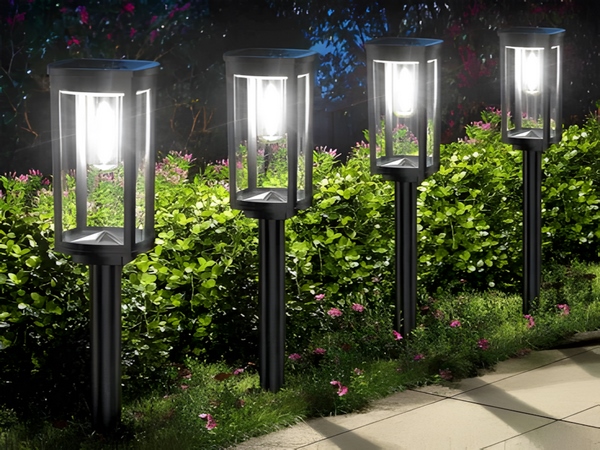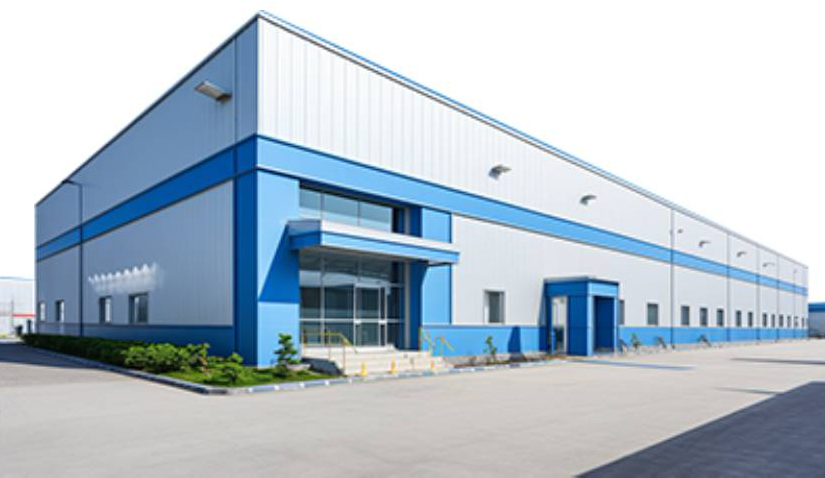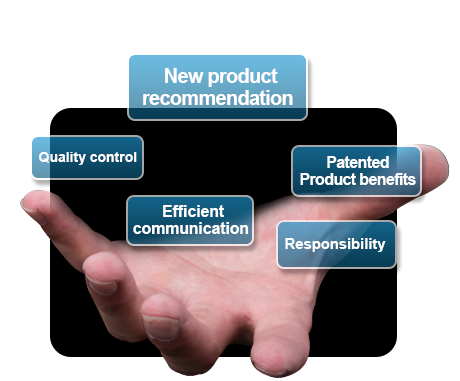
Solar Power Plant Efficiency
The efficiency of solar power plants is influenced by natural factors, mainly temperature degradation and unusable sunlight.

Temperature Degradation
It is generally believed that the natural factor affecting the efficiency of solar power systems is temperature. The temperature coefficient is a very important parameter for photovoltaic modules. Typically, the temperature coefficient of crystalline silicon cells is around -0.35%/℃ to -0.45%/℃, while that of amorphous silicon cells is approximately -0.2%/℃.
The temperature of photovoltaic modules differs from the ambient temperature.
Around noon, the temperature of the photovoltaic modules can reach about 60℃, causing the output power to drop to around 85%.
Besides photovoltaic modules, as the temperature rises, the conversion efficiency of electrical devices such as inverters will also decrease.
The reduction caused by temperature can be estimated based on the temperature coefficient of the photovoltaic modules and the local temperature.
Unusable Sunlight
The total radiation we receive is the sum of direct radiation, scattered radiation, and reflected radiation at various intensity levels; however, not all radiation can be converted into electricity. For example, inverters typically require irradiance above 50W/m² to supply electricity to the grid, and the output power is very low when the irradiance is below 100W/m².
Even in sunny western regions, the portion of radiation that counts toward the total radiation data but cannot be utilized can reach 2-3%.
Using high-quality solar panels can help reduce the impact of natural factors. It is advisable to choose reputable photovoltaic manufacturers. Quality photovoltaic modules are selected with A-grade chips for stable power generation and high transparency optical glass.

